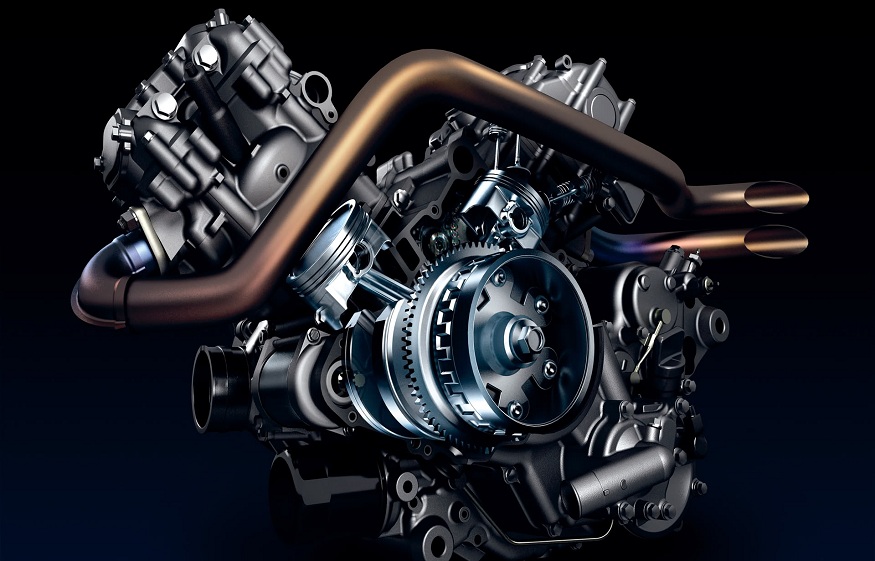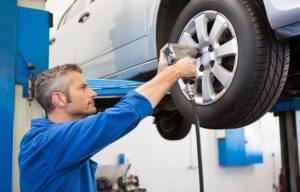The wear of a heat engine is quite complicated to understand, the constituent elements being so numerous that this induces a fairly detailed and technical analysis….
What are the elements that wear out in the engine?
Belts
There are two types of belts in engines, timing and accessory drive. The first (toothed) is often vital because if it breaks the engine wears can die there, with valves which can hit the pistons (this is not the case on all engines). The second is much less important since it only drives the accessories, it can however surprise because when it breaks you lose the power steering (when it is hydraulic). It is also the accessory belts that we can sometimes cross on the road, because when it breaks it often ends up on the asphalt.
A belt has a lifespan that ranges from 5 to 10 years, whether for the accessory or timing. There are also wet belt distributions (which bathe in engine oil) which resist even longer or even chain distributions which have a lifespan without any real expiry date. Note that wet belts can sometimes be a problem, this is also the case on Puretech whose oil begins to disintegrate the belt (in reality it is when there is fuel that comes to mix with the oil, which makes the mixture more corrosive for the belt).
Hoses
The hoses wear out with heat and internal pressures first. Subsequently, and even without constraints, they still end up degrading on their own (they “biodegrade” by becoming crunchy and hard).
However, it remains a concern that remains minor because it can be corrected cheaply and only very rarely causes serious problems (a hose starts to leak little by little, it only very rarely lets go all of a sudden by causing the all the fluid it carries). The hoses can last 20 years without worry, but from this deadline their remaining life will depend on the location (more or less exposed to the climate or to the heat of the engine) …
Turbo / supercharging
The turbo is one of the main sources of concern and it will wear out more quickly under these conditions: play present at the level of the turbines (bearing), lack of lubrication of the central bearing (or leak leading to self-combustion ), FAP and more generally clogged exhaust and finally badly controlled wastegate (or stage 1 reprog as young people who want to be in the know say). As for the advice to let the engine run for a few seconds before turning it off to preserve the latter, know that I am having a great laugh (the turbo does not have truck inertia either, and when you slow down the wastegate discharges the pressure then making greatly slow down the turbine, without forgetting that there is of course oil in the bearing of the turbo even with the engine cut off. No need to add another expectation to all this, except perhaps from a psychological point of view and to play “knowledgeable” with his friends) …
To return to the turbo, it’s very random, because if some break at not even 50,000 km, others will be able to hold out for more than 300,000 km without batting an eyelid. As long as it does not play at the level of the central axis and that its bearing is in shape (and therefore lubricated with a quality oil, neither too fluid nor too viscous) it can work almost eternally (it all depends the robustness of the design but also the stresses of the latter).
Bearings and bearings
Bearings and bearings are among the first parts which will be at the origin of an engine that is thrown in the trash, so you have to be very scrupulous about oil changes and the quality of the oil (without forgetting to have a eye on the oil pressure light just in case). There are bearings and rolling bearings in a whole host of places: connecting rods/crankshaft, oil seals, accessories (such as compressor), injection pump, camshaft.
Segmentation
Segmentation can potentially last ad vitam aeternam if all goes well. Indeed, as long as the oil is doing its job, their wear is so low that it becomes almost anecdotal… It is therefore necessary to respect the heating and ensure that the lubrication is always at the top: oil not too old (oxidation and lamination which can make it inefficient), no fuel in the oil , and correct pressure (oil pump or circuit clogging).
Pulleys
The pulleys are limited in terms of lifespan, it will be necessary to change one from time to time, whether it is a tensioner roller or even the vital Damper pulley (nothing dramatic anyway). The problem can be at the level of a bearing as at the level of the flexible mechanism (Damper).












+ There are no comments
Add yours